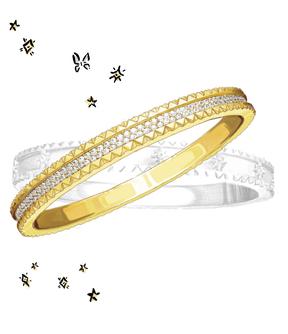Have a question?
We're happy to help
An exclusive capsule of fine jewelry, The Sol Collection celebrates your personal style with exceptional design, careful craftsmanship, and an unwavering commitment to quality.
Meet the Sol Collection
Find your light in the Sol Collection, featuring versatile styles crafted in repurposed gold, silver and responsibly sourced diamonds.
Shop the CollectionJust Landed
Step up your stack with our new Sol styles.


Iconic Design, Lasting Impact
Sol conveys a feeling of positivity and joy. I wanted to translate the feeling of warmth on a sunny day into a piece of jewelry — a token to remind us of the beauty in simplicity, and the small gifts of everyday life.
— Omar Portigliatti, Associate Director of Design and Product Development
The Best & Brightest
Our most popular Sol designs turn up the heat.

Versatile, Timeless, Forever
Drawing inspiration from the warmth and energy of the sun, Sol is more than jewelry; it’s an extension of your personality. Find the pieces that resonate with you and discover a radiant addition to your forever collection.
Shop the Collection

















